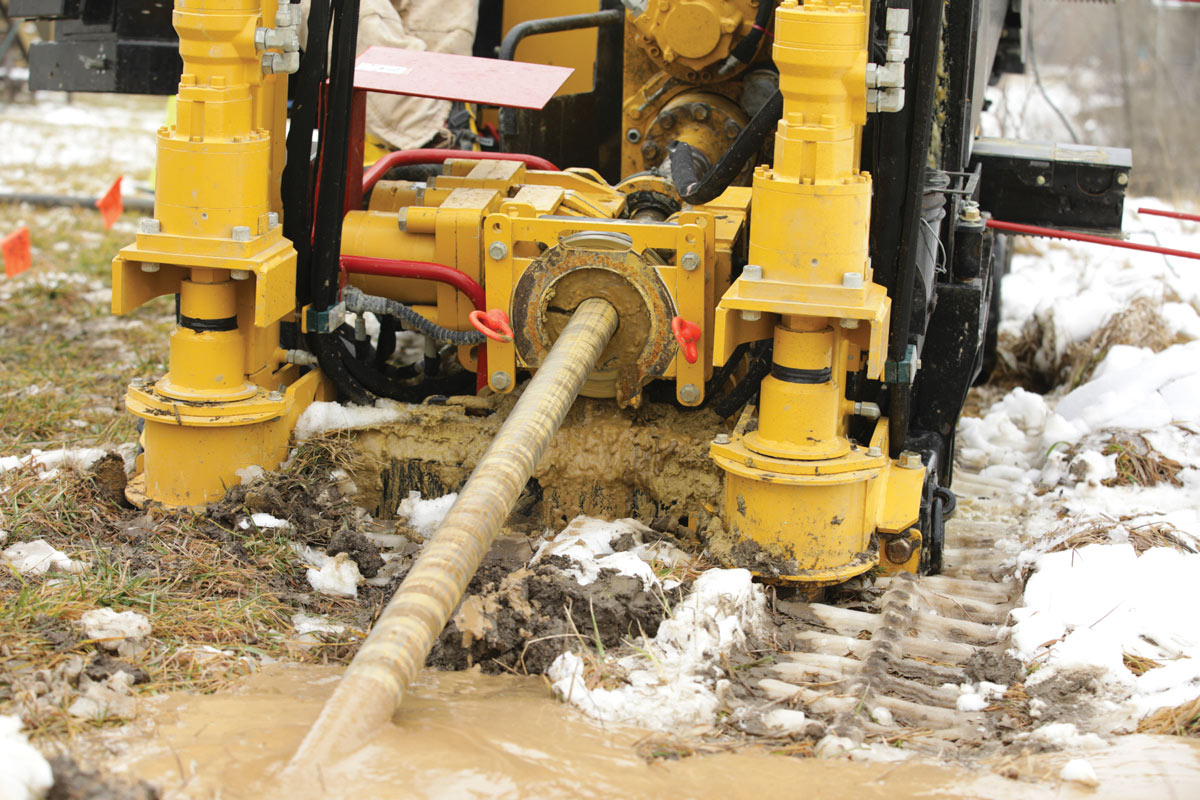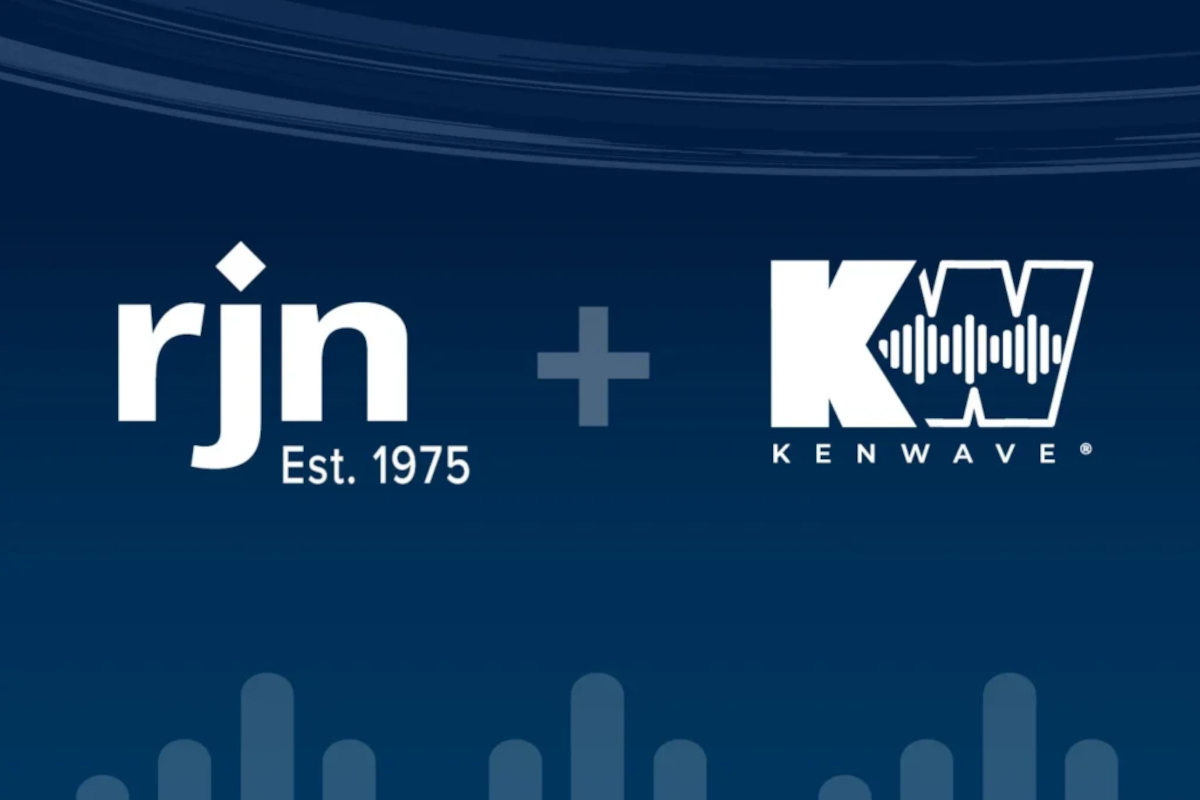Looking Back and Moving Forward

While these strong oaks and maples flourish above ground, so do their roots below the surface — creeping into a city’s all important infrastructure. Unseen to the public, these roots cause blockages in sewers and potential damage to the pipes, leaving municipalities scrambling to rid their systems of the obstructions. For 40 years, Vaporooter has been a go-to solution for sewer root control. With a proven product and continued development, Vaporooter continues to keep cities’ and towns’ infrastructure up and running.
Back to Its Roots
The creation of Vaporooter began to take shape in 1967 when the County of Sacramento, Calif., decided to seek outside help for the area’s increasing tree root damage to sewers. City and county officials called on botanist Oliver Leonard at The University of California-Davis (UC-Davis) to conduct a study to determine why their cutting efforts of sewer roots were not successful and an alternative to rid their infrastructure of the root problem. The county’s records noted that frequent cutting was only making the problem worse, causing the roots to reappear thicker and stronger than before the cut.
Leonard and his team at UC-Davis carefully excavated the infected areas and examined, documented and analyzed the root growth patterns. Researchers in Sacramento and other participating cities were trying to understand the true nature of various types of roots and their impact on the systems, says Bill Fuller, CEO of Douglas Products, makers of Vaporooter.
In the end, the researchers discovered that the physical environment within a sewer is an ideal growth environment for roots. Since the mechanical root cutting only intensified the problem, the use of chemical treatments was chosen as an alternative solution.
After testing and attempting to work with different elements, the researchers discovered metam sodium, a unique chemical that was very effective at killing all types of roots, says Fuller. The chemical was able to kill roots without harming the plant itself, as well as dissipate quickly without leaving any harmful residue behind. Metam sodium was an answer municipalities were looking for to protect their infrastructure; however, research continued on to discover a way to not only kill the roots but to prevent them from coming back.
In 1968, Fred Horne, a product innovator who worked with Leonard on a previous project, took the Davis research one step further with the addition of dichlobenil, a growth inhibitor, and the development of a safe and effective application method. Horne worked to combine the herbicide metam sodium with dichlobenil in a surfactant formulation to create dense foam that could thoroughly cover the roots and pipe surfaces. Following this discovery, Vaporooter was patented and became an effective formula for eliminating roots and preventing re-growth for years to come.
Today, Vaporooter is used in municipalities throughout the United States, Canada and even overseas. With many licensed contractors working for the company, municipalities are able to take advantage of the root control technology and protect their vital infrastructure. With the demand for root control in high gear, Vaporooter and its contractors are always looking to expand the product’s presence by educating cities on the benefits and value of chemical root control.
Justin Fearn, national sales and marketing director for the Vaporooter Division, and Fuller note that with Vaporooter cities have a choice. They can decide to do their chemical root control program in-house or hire an experienced, licensed contractor. Vaporooter works with clients and contractors to construct a cost-effective way to solve the cities’ root problems. When a municipality or its water agency decide the best approach is to do the work in-house, the company offers two different types of application equipment — the Skid Mount Root Foamer, which is a standardized, skid-mounted foam generator that can be placed in the back of a pickup or on a small trailer, or the Jet-Set Root Foamer, which is a custom-designed permanent installation on a jet truck.
Fuller mentions that two of Vaporooter’s contractors are descendents of the inventor, Fred Horne. Scott and Todd Gayman, Horne’s grandsons and operators of Pacific Sewer Maintenance and Root Tamers, have been applying Vaporooter since the early 1980s.
“Applying Vaporooter is who we are, it is our family heritage and we are just as passionate about serving the needs of the cities as our grandfather was 40 years ago,” says Scott Gayman.
Vaporooter has also added numerous contractors in recent years including Mark Reynolds of Municipal Sales Inc., who entered the root control industry after years of contracting in the sewer industry.
“Many of Vaporooter’s other contractors are full-service sewer contractors such as Ace Pipe Cleaning offering cleaning, TV inspection, rehabilitation and many other services to the cities they serve,” says Fuller.
Challenges and Competition
Since the goal of any root control program is root-free pipe, both Fearn and Fuller agree that Vaporooter has been successful for its consistent results. The Vaporooter product delivers unobstructed pipe throughout its treatment, saving municipalities money and hassle later on.
“It’s a proven technology that preserves the value of underground assets by eliminating a major source of damage — roots. Thousands of miles of structurally sound sewer pipes have been infiltrated by roots and if mechanically cut or pruned, the roots will grow thicker and stronger,” says Fearn. “The increased growth coupled with damage to pipes from cutting tools will compromise the structural integrity of the pipe. Chemical root control can extend the life of pipes significantly and save the municipalities millions of dollars in dig ups or repairs.”
Since the application of Vaporooter is effective for three to five years, knowing that treatment will keep pipe clean for years allows city officials to schedule applications accordingly and allocate the appropriate funding for root control.
 “The predictability also prevents sanitary sewer overflows (SSOs), saving even more money while protecting human health and the general public,” says Fearn.
“The predictability also prevents sanitary sewer overflows (SSOs), saving even more money while protecting human health and the general public,” says Fearn. Like every business, Vaporooter faces a variety of challenges within the market, as well as competition from other root control suppliers. With root control solutions in high demand to protect infrastructure and ensure proper sewer operations, the market is flourishing year after year.
“The sewer root control market is very strong,” says Fuller. “We are expanding our contractor network and manufacturing capacity to stay ahead of the demand for root and grease control nationwide as the problems continue to escalate. We are in a good position to meet this demand because we can prepare cities to apply Vaporooter themselves, or as they contract the work out, they will receive a number of bids from the high-quality contractors we have competing nationwide.”
Even with a successful product, Vaporooter still needs to address the pressure of competitors in the market.
Whether the competition comes from fellow chemical root control providers or mechanical root control companies, the company works to set its offering apart from other
available products.
“The marketplace is competitive. There are basically three main chemical root control products on the market with Vaporooter being one of them,” notes Fearn. “The chemistry and application methods differ for all three and there are numerous root control contractors in all areas in the United States utilizing one of these three products. Additionally, there are mechanical removal tools and machines, pipelining products and pipe bursting products and other technologies that do not directly compete with chemical root control, but influence how money is allocated for root control within municipalities.”
Keeping Ahead of the Trends
To keep up-to-date on the latest advancements and technologies in the chemical root control market Fearn, Fuller and the rest of the Vaporooter crew must do their homework on the changes happening in the industry. From visiting trade shows and talking with customers, research and development has been the backbone of Vaporooter’s continued success.
Fuller notes that Vaporooter’s primary research and development spending focuses on studies to ensure that
Vaporooter can be used safely with no effect on treatment plant operations. The company performs repeated studies that demonstrate that the products will not adversely effect the treatment plant operations. Vaporooter also dedicates time and funds to consistent training and development, ensuring safe and effective application methods are being used by the employees of municipalities and contractors who
apply the product.
“We have been successful at making the application of our product safe for the applicators who are handling it,” says Fearn. “One of the things we did several years ago was package the dichlobenil powder in water soluble bags. Since it’s a fine powder that can easily get blown around, water soluble bags ensure an accurate dosage and eliminates any airborn exposure for the people applying the product.”
To remain involved in the market, Fearn and Fuller
research current trends through visiting trade shows, checking out new products and keeping in touch with their customer base. By keeping their eyes open to what’s currently being done to control tree roots, the company is able to make adjustments to the Vaporooter product in order to adapt to the expanding market.
“I listen to my customers and they tell me what they want and need. Almost everything I need to know about future trends comes from the customer. I just need to know where they are going or want to go and make sure I meet them there with the best solution,” says Fuller.
In addition to customer interaction, Fuller notes that he attends trade shows, educational seminars and reads numerous materials pertaining to the industry. He also credits the NASSCO association as being one of the best resources contractors and industry suppliers can use to keep up with trends in the industry.
“NASSCO’s annual meeting was held a few weeks ago and it was a great place to learn about industry trends and innovations,” says Fuller. “However, in the end, the feedback from our customers and contractors is the best way for me to stay on top of trends and what the market needs.”
Pam Stask is assistant editor of Trenchless Technology.




